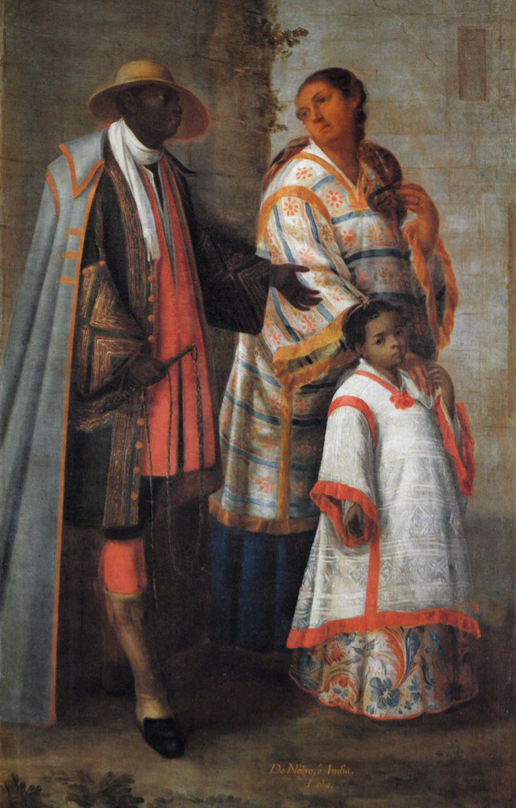Understanding the Mexican Casta System: A Historical and Cultural Perspective
Before delving into the historical intricacies of the Mexican Casta system, it is crucial to acknowledge the sensitive nature of this topic. The Casta system, with its complex layers and implications, was a product of colonial rule that deeply influenced societal structures and racial perceptions. Studying this part of history is not an endorsement of its principles but a recognition of its significant impact on the formation of modern Mexican and Latin American society and culture. Understanding our past, however uncomfortable, is essential for appreciating the diversity and resilience of cultures shaped by historical events.
Introduction
In colonial Mexico, the Casta system was a rigid socio-racial classification imposed by Spanish colonial rule, designed to maintain a hierarchy based on ancestry. This system intricately categorized individuals based on their racial makeup, profoundly influencing their social status, rights, and opportunities. It is within this context that the primary categories of the Casta system emerged, each reflecting a specific racial mixture and societal position.
The Complex Web of Casta Categories
The Casta system primary categories included:
Peninsulares: Individuals born in Spain, holding the highest social status and privileges in the colonial hierarchy.
Españoles (Spaniards): Those born in Spain or the colonies, positioned at the top of the hierarchy.
Criollos: Children of two Spanish parents born in the colonies, typically occupying high social and economic positions but ranked below Peninsulares.
Mestizos: Children of a Spanish parent and an Indigenous parent, often facing societal limitations.
Mulatos: Children of a Spanish parent and an African parent, generally placed lower in the social hierarchy.
Zambos: Children of an Indigenous parent and an African parent, typically at the lower end of the social scale.
Castizos: Children of a Mestizo parent and a Spanish parent, often considered closer to the Spanish lineage.
Moriscos: Children of a Mulatto parent and a Spanish parent.
Tresalvos: Children born from a union of a Morisco parent and a Spanish parent, (often considered a step towards ‘Cleansing’ the lineage back to Spanish purity.)
Additional categories in the Casta system included Lobos (from a Lobo and Indian parentage), Chinos (from Amerindian and African ancestry), and Coyotes (from Mestizo and Indigenous parents). There were even more nuanced classifications like Zambaigos, Torna Atrases, Albinos, and Cambujos, each signifying different combinations of racial heritage. These categories played a significant role in determining an individual's social status, rights, and privileges in colonial Mexico.
‘Blood Mending’
Amidst the rigid constraints of the Casta system, some individuals successfully navigated the social hierarchy by altering their official racial classification, a process often referred to as ‘Blood Mending’.
This can be seen in cases where families sought to change their official racial classification. This often involved producing documentation or witnesses to attest to a family's European ancestry or disputing previous records that classified them as part of a lower Casta. In some instances, individuals of mixed ancestry might attempt to present themselves as belonging to a purer, more socially acceptable Casta, such as passing as a Castizo instead of a Mestizo, thereby moving closer to the Spanish lineage.
Legal and Social Implications
These practices were not merely about changing social labels; they were deeply connected to legal rights, occupational opportunities, and personal relationships. This system not only dictated social privileges but also imposed strict occupational restrictions based on racial classification. The system's pervasive control over both professional opportunities and personal choices reflects the extensive scope of its influence in colonial Mexican society.
José de Sevilla's Struggle within the Casta System
In 1728, José de Sevilla's ambition to join an apothecary guild in Mexico City, exclusively for Spaniards, hit a major roadblock. His baptism was recorded not among Spaniards but in the book for mestizos and mulattos, casting doubt on his racial classification.
This incident vividly illustrates how the Casta system rigidly dictated professional and social status based on racial identity. Sevilla's appeal to local authorities involved testimonies attesting to his Spanish lineage, emphasizing his physical attributes and marriage to a noble woman as proof of his purported Spanish heritage. The court, after extended investigations and additional witness accounts, eventually altered his classification, demonstrating that social perception and claimed background often held more weight in determining racial identity than physical appearance.
Defying the Casta System: The Marini-Álvarez Marriage Dispute
The Casta system established strict guidelines for marriage, frequently forbidding them between individuals from different racial categories. This aspect of the system underscores its deep intrusion into personal lives, where decisions as intimate as marriage were governed by the rigid, socially-imposed boundaries of racial purity and hierarchy.
This was demonstrated in a 1778 case in Mexico City involving Jerónimo Marini, an Italian director of the dance company at the Royal Theater. Marini strongly objected to the marriage of his son Juan to Bárbara Álvarez, who was believed to be mulatta or loba (of mixed African and Indigenous descent). Marini's opposition was based on the belief that his family's Italian heritage and "purity of blood" were compromised by Álvarez's uncertain racial background. The complexity of the situation was exacerbated by Álvarez's inability to present her baptism certificate or confirm her parents' legitimate marriage, casting doubts on her racial lineage.
The Alvarez family challenged the Marinis' 'purity of blood,' alleging that the only proof was the family's own claims. Marini stressed his family's Catholic faith, countering accusations made by Bárbara and her mother that implied his family might have a Muslim or Turkish background, a notion that could have seriously undermined his family's social standing.
The outcome in the case involving Marini and Álvarez is not known, yet this instance vividly demonstrates how the Casta system intrusively governed personal matters. Its influence on society was not just a matter of public policy but extended into the intimate spheres of personal choices and relationships, reflecting the deep-seated racial and social divisions of the era.
Casta Paintings: A Window into Colonial Mindsets
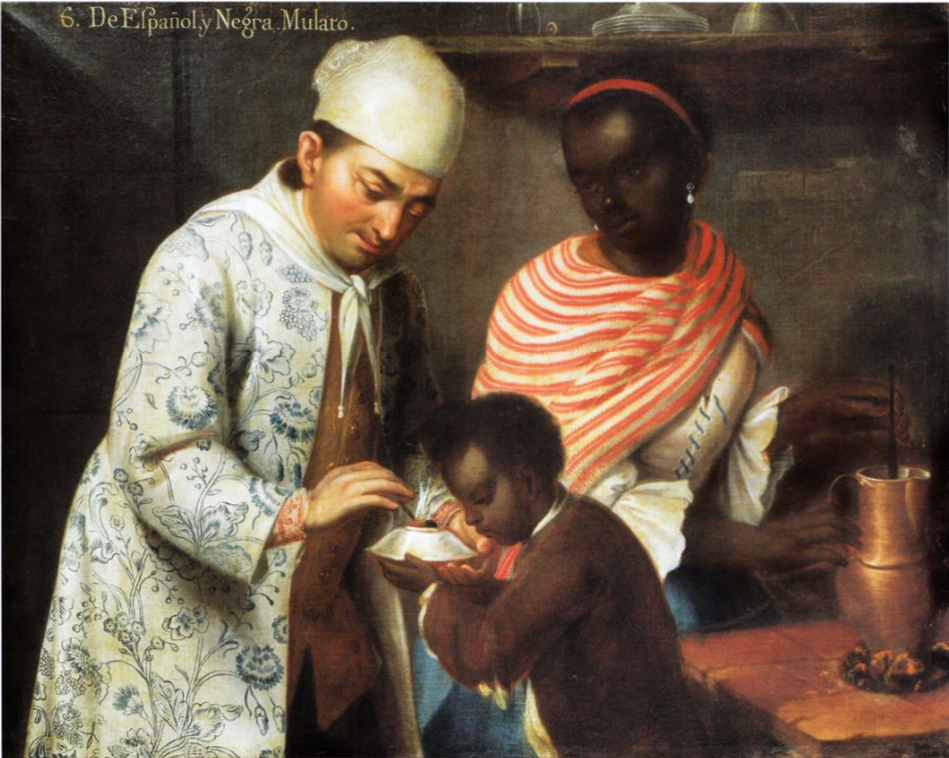

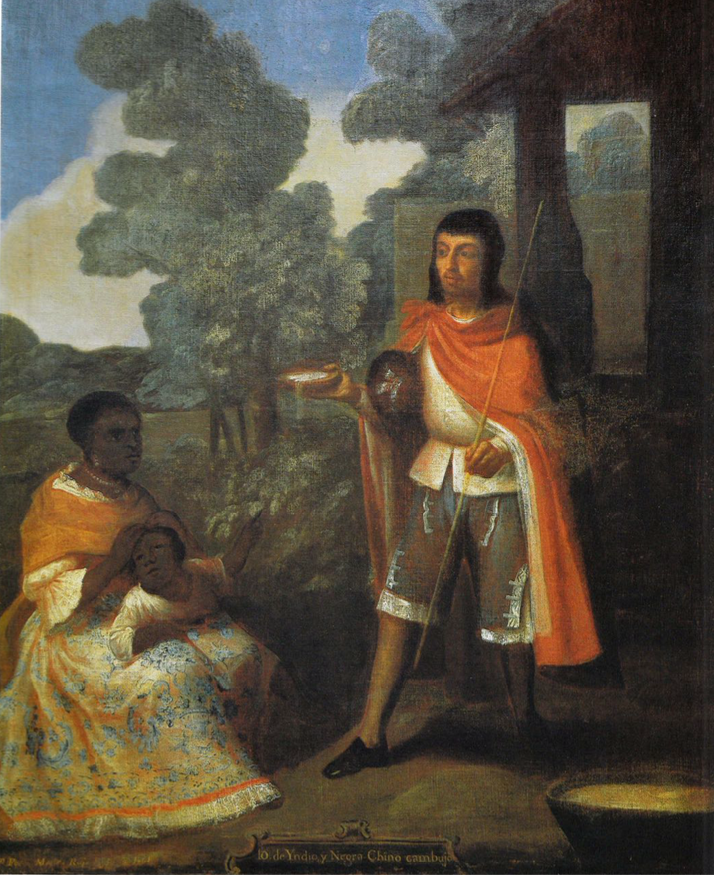
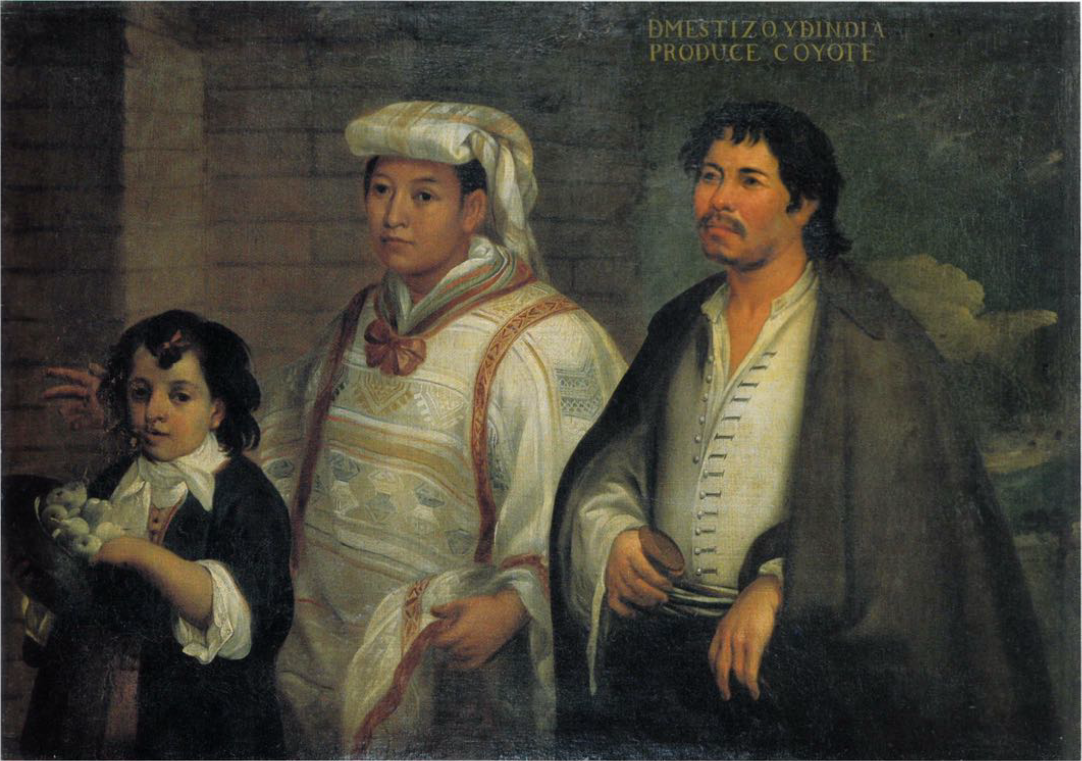
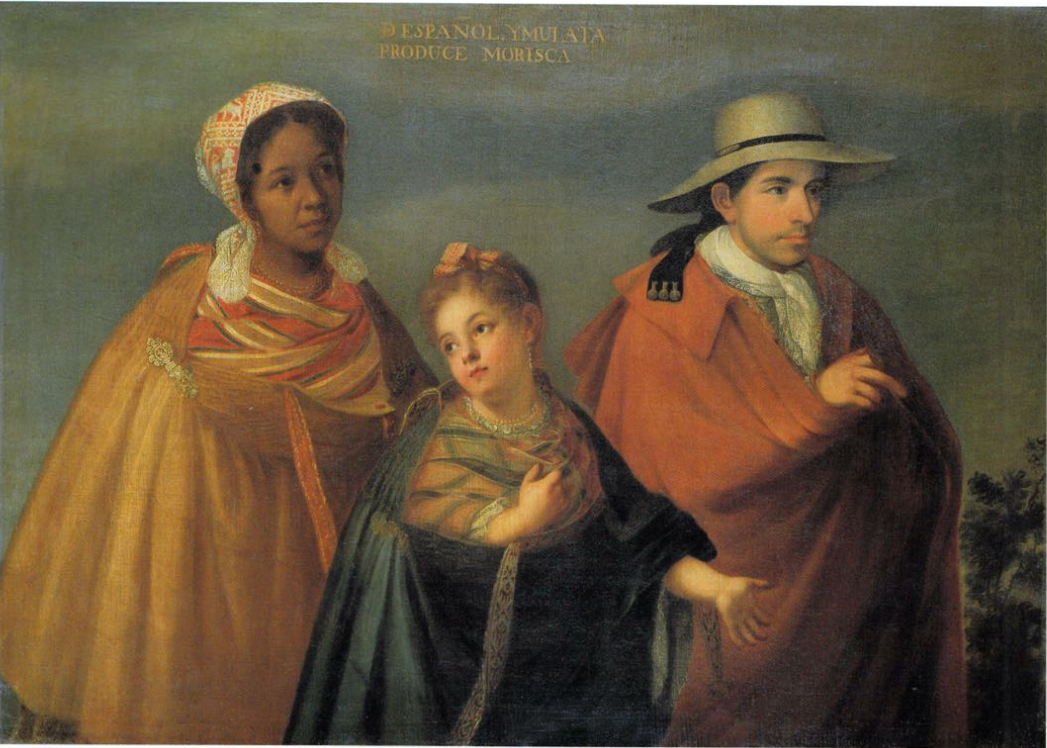
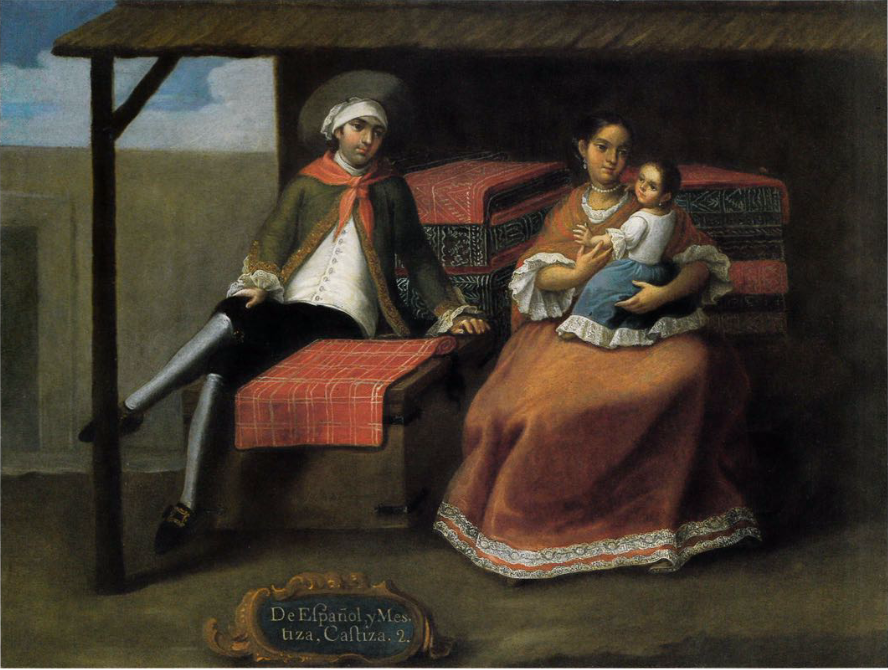
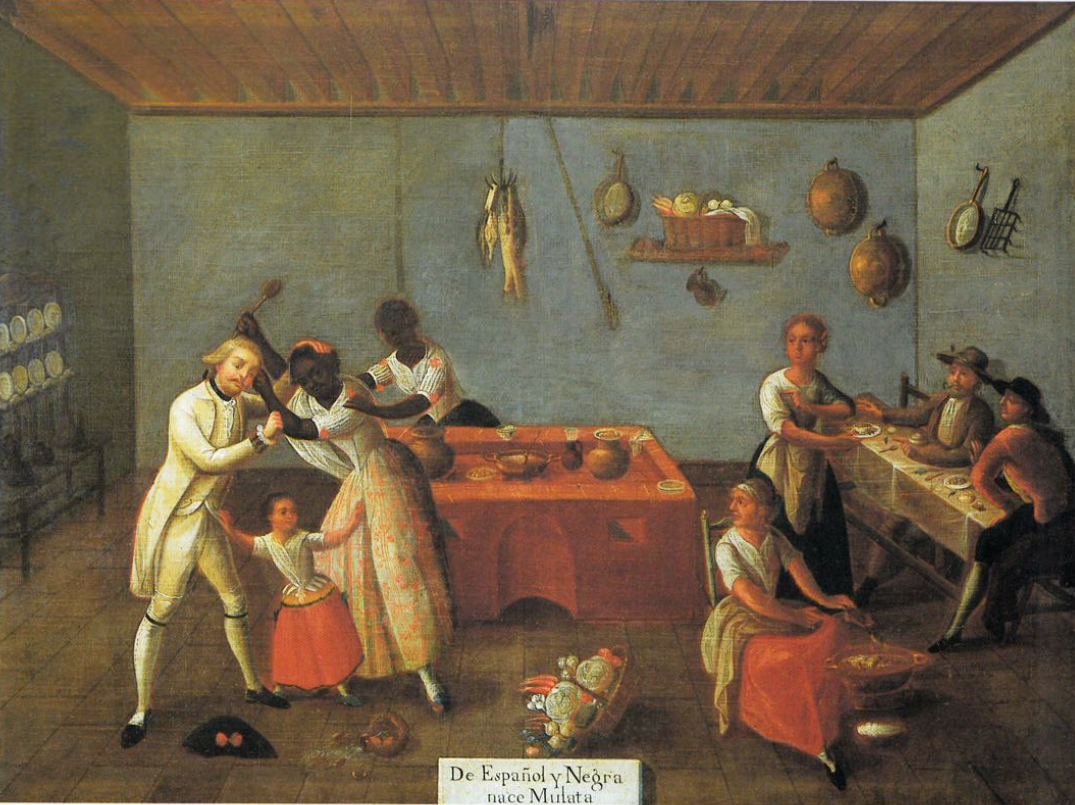
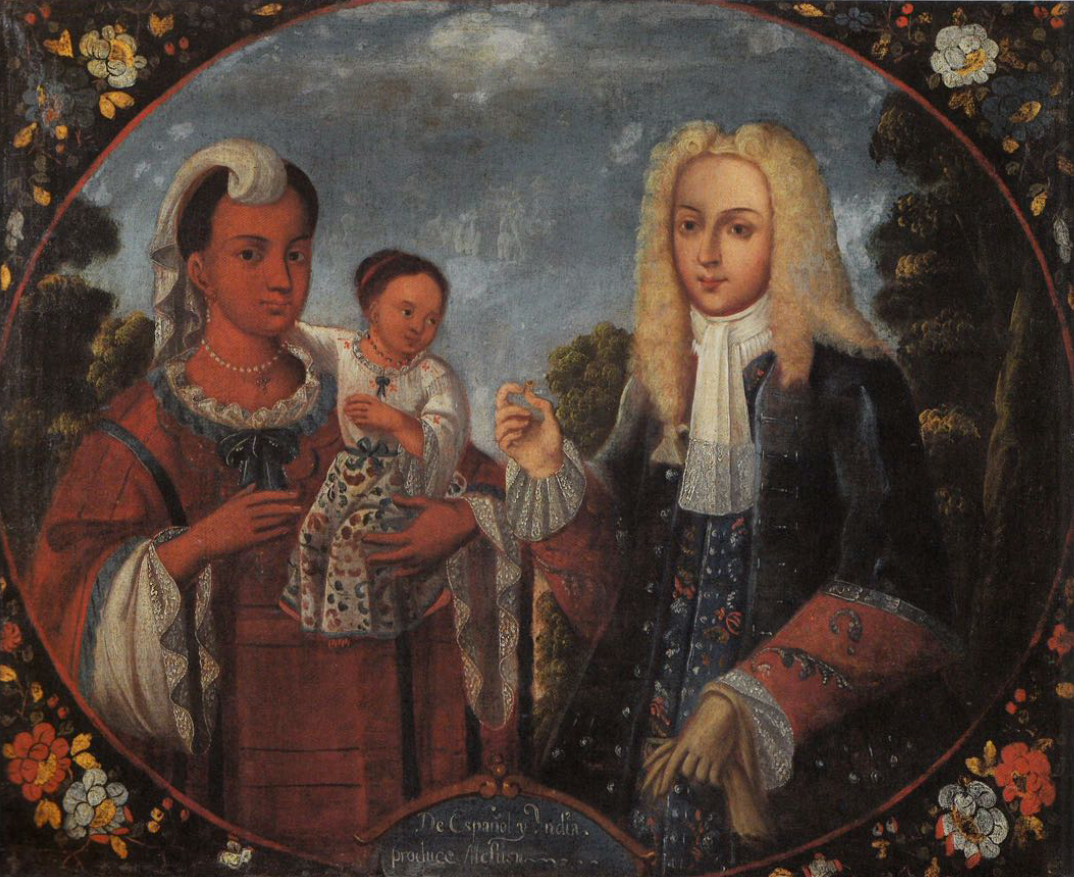

Casta paintings, a unique genre that emerged in 18th-century colonial Mexico, offer a fascinating window into the colonial mindset and the complex racial hierarchies of the time. These paintings are not just artistic expressions; they are historical documents that visually depict the Casta system's intricate classifications. Typically, these paintings portray family groups, consisting of a couple from different racial backgrounds and their child, thereby illustrating the various racial mixtures recognized in colonial society. They often include labels that describe the racial classification of the individuals depicted.
The significance of Casta paintings extends beyond their depiction of racial mixtures; they reveal the colonial society's obsession with the categorization and hierarchy of race.
These artistic works typically portrayed Spaniards and their pure-blood descendants in favorable, dignified positions, often juxtaposed against the less flattering depictions of mixed-race individuals. For instance, the attire, posture, and accessories of the individuals provide subtle cues about their socio-economic status.
The backgrounds and props used in these paintings further contribute to the narrative, often reflecting the perceived social order and the roles assigned to different racial groups in colonial Mexico. By depicting the different racial mixtures and their supposed societal roles, these artworks served as a form of visual propaganda that endorsed and normalized the racial stratification of the time.
Such representations reinforced the notion of Spanish superiority and the desirability of European features and heritage, while simultaneously marginalizing and stereotyping those of mixed or non-European descent.
Furthermore, these paintings contributed to the widespread dissemination of the Casta system’s ideology. They were not confined to the private spaces of the elite but were often displayed in public areas, such as churches and government buildings, making them accessible to a broader audience. This widespread visibility meant that the ideas and values portrayed in these paintings were continuously reinforced within the public consciousness, further entrenching the racial hierarchy in the societal mindset.
In essence, Casta paintings were not mere reflections of the social order; they were active participants in its maintenance. The legacy of these paintings continues to be a point of study and discussion, offering critical insights into the historical attitudes towards race and class in colonial Latin American societies.
Post-Independence Legacy
The usage of these terms began to decline significantly after the Mexican War of Independence, which lasted from 1810 to 1821. This war marked a pivotal moment in Mexican history, leading to the end of Spanish colonial rule.
In the aftermath of independence, there was a significant shift in the political and social landscape of Mexico. The new nation-state, eager to distance itself from its colonial past, sought to forge a unified national identity. This endeavor often involved downplaying the significance of racial distinctions and promoting the concept of 'mestizaje' – a blend of diverse heritages, particularly Indigenous and European, as the cornerstone of Mexican identity. However, this idealized vision of racial harmony was more aspirational than reflective of the realities on the ground.
Furthermore, the Casta system's influence persisted in cultural representations and societal attitudes. Racial stereotypes and biases, so vividly depicted in Casta paintings, continued to influence how Mexicans viewed themselves and each other. These perceptions were sometimes manifested in subtle ways, such as preferences for European features or the association of certain racial backgrounds with specific social roles.
By the mid-19th century, the Casta system gradually lost its official and legal relevance. This shift was part of a broader movement across Latin America, where nations sought to establish identities separate from their colonial pasts.
Casta-Based Documentation in 19th Century Mexico
Mexican records continued to use the Casta system in documenting births, marriages, and baptisms well into the 19th century. It wasn't until 1859 that a significant change occurred when the Mexican government began requiring that births, marriages, and deaths be recorded by civil authorities at the municipality or district level. This shift marked a move away from the church-dominated record-keeping that often reflected the Casta system's classifications.
The transition to civil registration represented a critical step in modernizing Mexico's administrative processes and was part of the broader liberal reforms that swept through the country during this period. These reforms, aimed at reducing the church's influence on public and private life, laid the foundation for a more secular and egalitarian society. The move to civil registration meant that official records began to focus more on individuals as citizens rather than as members of a particular Casta. This change was pivotal in dismantling the legal and bureaucratic structures that had perpetuated racial distinctions and inequalities in colonial and early post-colonial Mexico.
Final Reflections: Understanding the Enduring Impact of Mexico's Colonial Casta System
As we reflect on this period, it is vital to approach it with sensitivity and an appreciation for the resilience and adaptability of the people who lived through it. While the Casta system itself is a relic of a bygone era, its echoes can still be felt in the nuances of social interactions, cultural norms, and even in the collective consciousness of modern Mexico. The legacy of the Casta system, with its inherent injustices and divisions, also tells a story of resistance, adaptation, and the ongoing quest for identity and equality.
Therefore, the study of the Casta system is not just a look back into history; it also offers us a lens through which to view the complexities of Mexico's colonial history and its lasting impact on contemporary society. It is a bridge to understanding the present and shaping a more informed and compassionate future. It reminds us that history is not just about the past; it is a continuous dialogue between yesterday and today, influencing our perceptions, decisions, and aspirations for tomorrow.
Sources
Katzew, Ilona. "Casta Painting: Images of Race in Eighteenth-Century Mexico.”
Britannica: Casta | Latin American society | Britannica
Cultura Colectiva: Creole, Spaniard, Mulatto and many more: The caste system in Colonial Mexico
The College of Wooster: The Casta System
Wikipedia: Casta - Wikipedia



